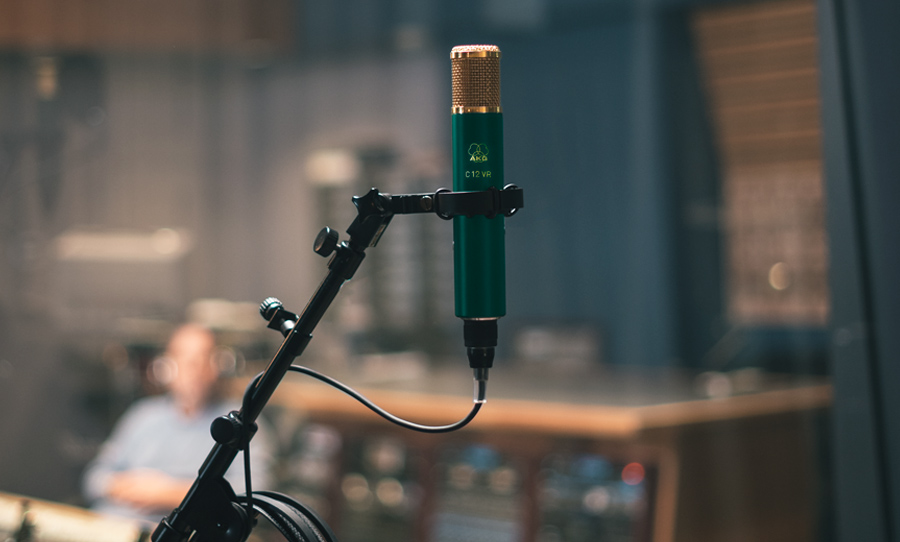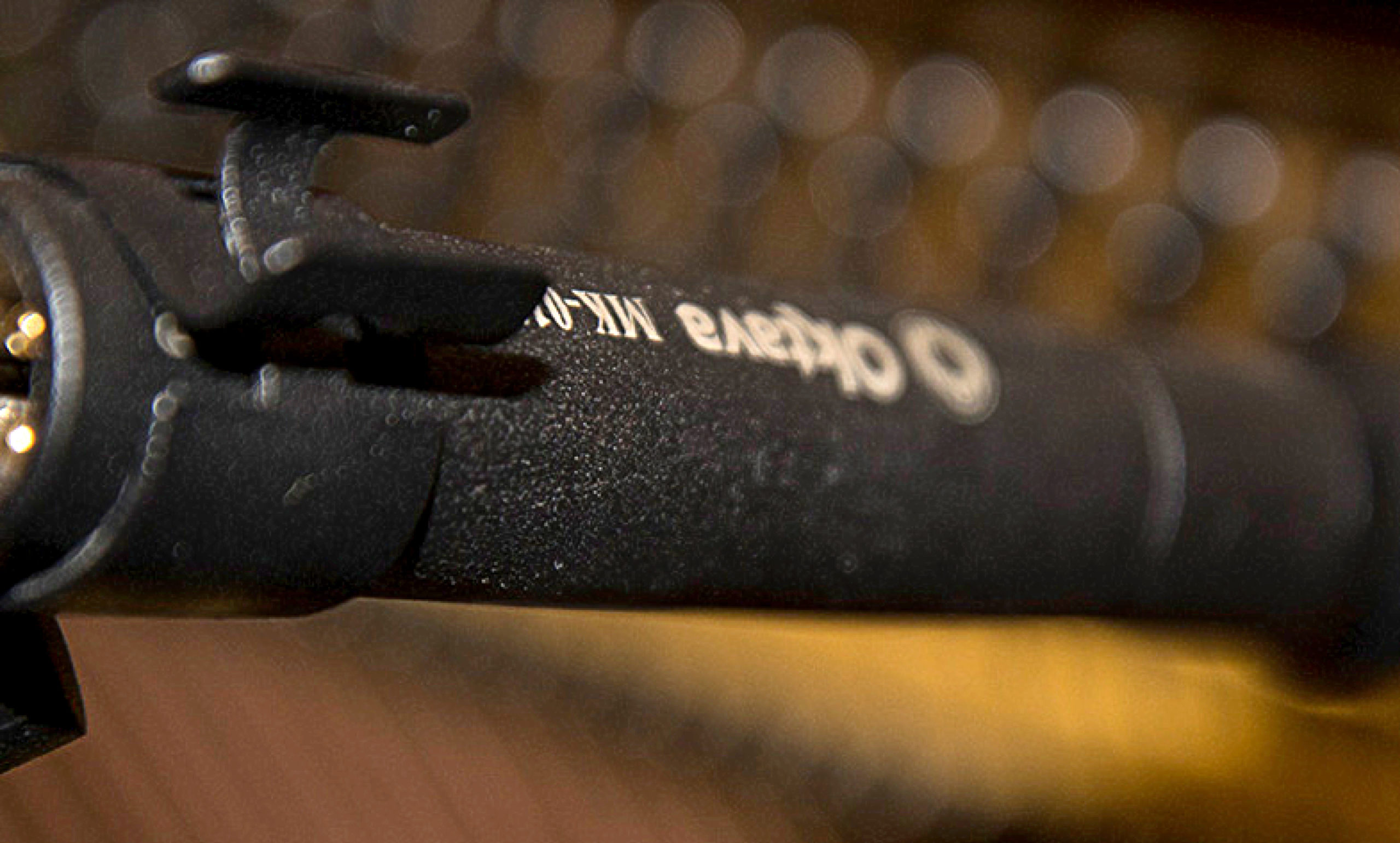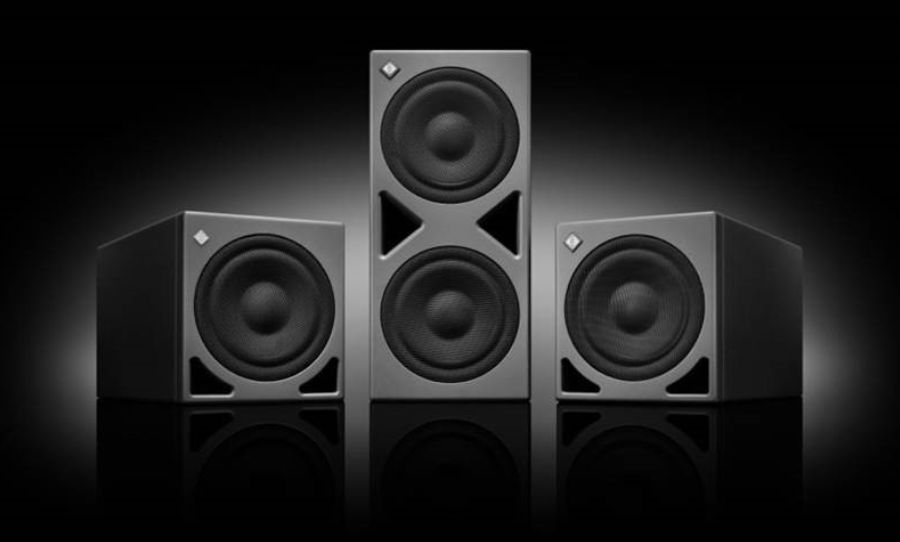What is a condenser microphone? Why, how and where would you use one? Let’s take a closer look at this studio all-rounder, which has been around for close to a century.
Condenser microphones are ever-useful, crystal clear, multiple purpose microphones. From a delicate vocal to a kick drum, this type of mic can capture and frame myriad audio sources. They changed the history (and clarity) of recordings with their ability to capture the broad expanses of the frequency spectrum like no other type of microphone.
Condensers microphones are as widely varied in design and adjustments, as they are in brands, costs, shapes and sizes. Let’s look into what makes a condenser microphone so useful across a huge amount of applications.

A little history lesson
The first condenser microphone was indirectly invented in 1916 by Edward Christopher Wente, who was simply creating a device to measure sound intensity. This creation led to further development for sound recording.
Commercial condenser microphone manufacturing and production started in 1928, with iconic German manufacturer Neumann’s release of the CMV3 (“Condensator Mikrofon Verstärker”, read: condenser microphone amplifier). This included a tube inside and an external power supply. Neumann was prolific in the design and manufacturing of microphones with the infamous U 47 being premiered in 1947 but not released until 1949.
Further tube condenser microphones were released like Austrian company, AKG, with the C 12 in 1953, and the Telefunken ELA-M 250 and 251 shortly after that, always with Neumann manufacturing and releasing more models like the U 48, and the stereo SM2.
https://www.youtube.com/watch?v=Gi0xzGf0Xe8
Then in 1964, another German manufacturer, Schoeps, released the CMT 20 which had a low voltage phantom power, followed by Neumann releasing the KM84 in 1966 powered by 48-volt phantom power.
The move away from valve microphones with a bulky external power supply meant that condenser microphones became more and more popular, and more affordable for recording and broadcast. They use phantom power, which sends 48 volts through the microphone cable to activate the internal electronics.
How does it work?
Sometimes known as a ‘capacitor’ microphone due to its internal workings, a thin membrane/diaphragm (commonly a gold-sputtered mylar) close to a solid metal plate — which is essentially a capacitor — makes the internal capsule.
When sound waves hit that membrane (more commonly known as a diaphragm) it moves back and forth toward the solid metal plate. The capsule is fairly fragile, and also quite sensitive to sound, so you may find a button or switch on some models of condenser microphones called a PAD (Passive Attenuation Device). This reduces the input signal before the active components to avoid the microphone from distorting.
Condenser microphones come in two sizes, large diaphragm and small diaphragm. Large diaphragm microphones have that unmistakable look of a lead vocal recording machine, whilst small diaphragm microphones — often referred to as pencil mics or shotgun mics — are cylindrical, with a front-address capsule. You might see sound engineers on movie sets holding shotgun microphones above actors to capture dialogue.
The majority of condenser microphones have high pass filter slope options, usually anywhere from 75 Hz to 150 Hz. Varying microphone patterns called polar patterns selectable via a switch on the microphone. These polar patterns refer to where the sound is picked up.
For example, one of the world’s most popular studio microphones, the Neumann U 87, has three different polar patterns to choose from; cardioid, omni, and figure 8. The cardioid pattern receives sound from the front, usually where the company badge is. Omni receives sound from 360 degrees around the microphone, while figure 8 receives sound like the 8 looks, from the front side and backside of the microphone, with a ‘null’ point on the sides.

Why choose a condenser?
Among the hordes of musicians trying to learn the recipe of Billie Eilish’s success, many have learnt that her brother Finneas records Billie’s vocals with a Neumann TLM 103 and originally with an Audio-Technica AT2020. English singer, songwriter, multi-instrumentalist, and record producer James Blake has also been seen using a Neumann TLM 103.
The Neumann 103 is a simple design in that its profile is small, it has no switches as mentioned previously and the polar pattern is set to cardioid (the sound source from the front only). You’ll hear clarity and a whisper quality throughout Billie Eilish’s vocals — a trademark of the condenser.
The aforementioned Neumann KM84 is an example of a pencil/small-diaphragm microphone which you may have seen pointing directly at the fretboard of an acoustic guitar or the inside of a grand piano. Another well-known model is the AKG C 451 which is commonly used to point directly at a hi-hat where a drummer hits. The AKG C 451 also has a few of the switches packed into the design, pad options and high pass filter options.
Some other great uses on drums are AKG C 414 as overhead microphones, Neumann U 87 on toms (think In the Air Tonight by Phil Collins) and the classic Neumann U 47 as a mono drum overhead.
The condenser microphone is such a great addition to a microphone collection because they are so versatile. The same pencil design microphone you might use to point at the 12th fret of an acoustic guitar, you can pair up and use as drum room microphones. Conversely, you can place the same Neumann U 47 FET on the outside of the kick drum which John Paul Young used to record vocals for his hit Love Is In The Air.
With such a refined sound, a classy package, and potential expense, it’s worth remembering that the condenser is a workhorse. Whether it be recording artists, on-set and off-screen television and film recording, and podcast recording. On that note, USB-powered condenser microphones have become the norm for podcasting and home studio demoing.
Overall the sparkly, clear sound you get from a condenser microphone picks up magical clarity which should make you feel like you are right there in front of the instrument or voice you are hearing. Whether you’re going for a $10,000 vintage piece or a $200 USB model, you’re tapping into a piece of sophisticated and historically significant audio technology.



